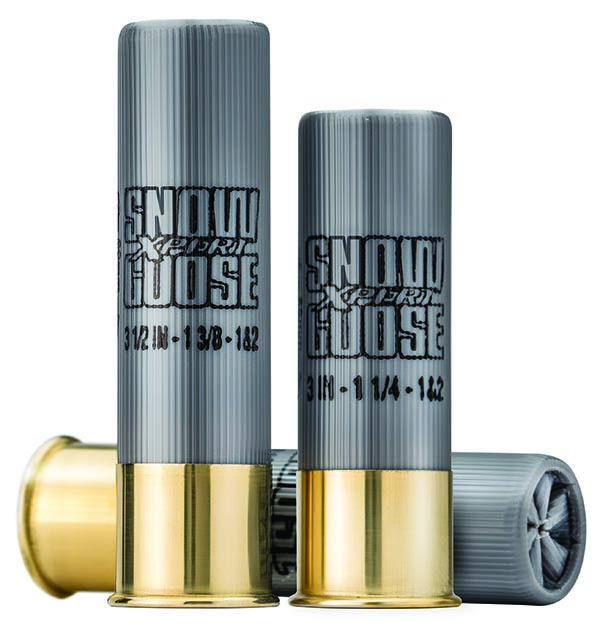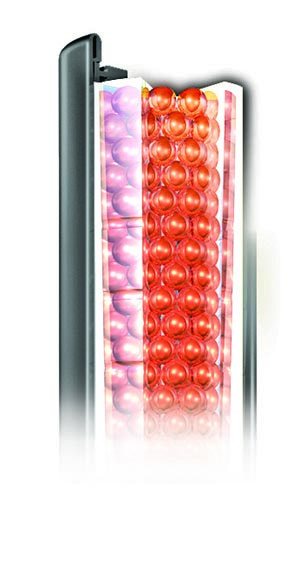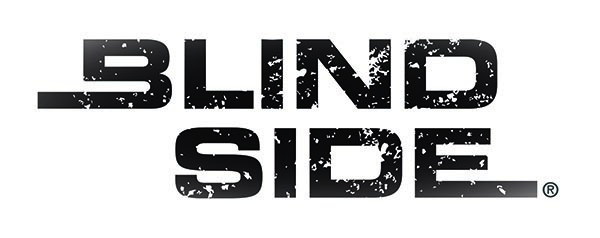What’s on a Box of Shells?
Do all the numbers and measurements on a box of shotgun shells have you confused on what you should buy? Sure, it can be confusing if you let it. Here’s a quick guide that’ll make you a shotshell guru!
You bought a new shotgun, and now you need shells for it. So you run down to the local gun shop to buy some. But then you see all the mumbo jumbo on the box--Dram Equivalent? Ounces? Shot Size?--and uh, you’re confused! Well, don’t be. Instead, read this!

Gauge
If you’re not sure what gauge is, you need some remedial reading; but there are a few things the average shotgunner might not know. Gauge is an old English measurement of bore diameter that reflects the number of same-diameter pure lead balls that equal one pound. For example, 12 gauge is 0.729-inch in diameter, so 12 solid lead balls of 0.729” diameter equal one pound. Therefore, the smaller the number, the larger the bore size (and typically more powerful the shotgun.)
Gauge has little to do with the size of a shotgun’s pattern—that’s dictated by choke—but rather the pattern’s density potential. While a 10 gauge shell has the capacity to hold more shot and more powder than a 12 gauge shell of the same length, it’s not always loaded to do so. That’s why you need to read the box and continue reading this.
Shot Size
This is the diameter of the individual pellet, collectively called shot. Pellet diameter is called “shot size,” and corresponds to an established system where the larger the number, the smaller the shot. For example, #8 pellets are smaller than #6 pellets. Generally, the smaller the pellet, the smaller the game that should be hunted with it. For example, you might hunt doves with #8 shot and large geese with #2 shot.
Winchester’s AA #8 Target loads are effective on clay targets and doves, while their Xpert® Snow Goose loads combine #1 and #2 shot for optimal performance in the field.
Ounces (oz.)
This refers to the total weight of the payload. It’s used for nearly all shot sizes except buckshot, which uses pellet count. For example, a 1-oz. load of #8s has about 410 pellets. A 1-1/8-oz. load has approximately 461 pellets. However, the heavier the load, often the more recoil it will produce if all else is equal.
Dram Equivalent
Centuries ago, shotshells were loaded with black powder measured in drams; 16 of which equal one ounce. After the advent of smokeless powder, shotshell hand loaders needed a conversion system to understand the equivalents of black powder to smokeless powder. The term “dram equivalent” was coined.
Today, with a myriad of modern powders, dram equivalent is often a rough estimate. For example, a common 12-gauge dram equivalent for skeet loads is 3-¾ , whereas some heavy new loads contain 4-½ dram equiv. Regarding buckshot, many companies such as Winchester now list the load’s velocity rather than its dram equivalent, which is a product of the powder charge and the payload.
Length/Pellet Count
Shell length determines the shell’s ability to hold more pellets and powder, although it doesn’t necessarily do so. Lengths range from 1-¾-inch to 3 ½ -inch magnums. In general, longer length means more pellets, more energy, more recoil and less magazine capacity.
Lead or Steel
For waterfowl and migratory birds, hunters are legally required to use steel shot (or another lead-free shot). For nearly everything else, lead is desirable due to its heavier pellets that carry energy more effectively than steel, and expand when they hit a target.
Winchester’s Blind Side™ loads take waterfowl hunting loads to a whole new level. Blind Side™ uses steel shot that’s formed into a six-sided “hex” shape that provides increased trauma and wound channels, resulting in fast kills.
Buffered Shot
Refers to the presence of buffering material that pads the pellets from colliding with each other at the moment of setback (firing) and therefore keeps them as spherical as possible, ultimately enhancing the load’s downrange pattern and energy.
Traditional buffering looks like small pieces of cornmeal. Winchester took buffered shot a step further, and changed turkey hunting forever when they created Long Beard XR® with Shot-Lok® technology. Shot-Lok is a hardened resin that sort of looks like the pellets are glued together inside the shell. Upon firing, the Shot-Lok fractures into micro-sized particles that protect the shot and nearly eliminate shot deformation. The result? Extremely tight patterns and longer effective range that has produced world record patterns and tons of dead turkeys!
Plated Shot
Copper-plating adds protection to soft lead pellets to help lessen deformation upon setback. This improves down range performance because rounder pellets will fly truer. It typically adds cost that is well worth the performance improvements.






